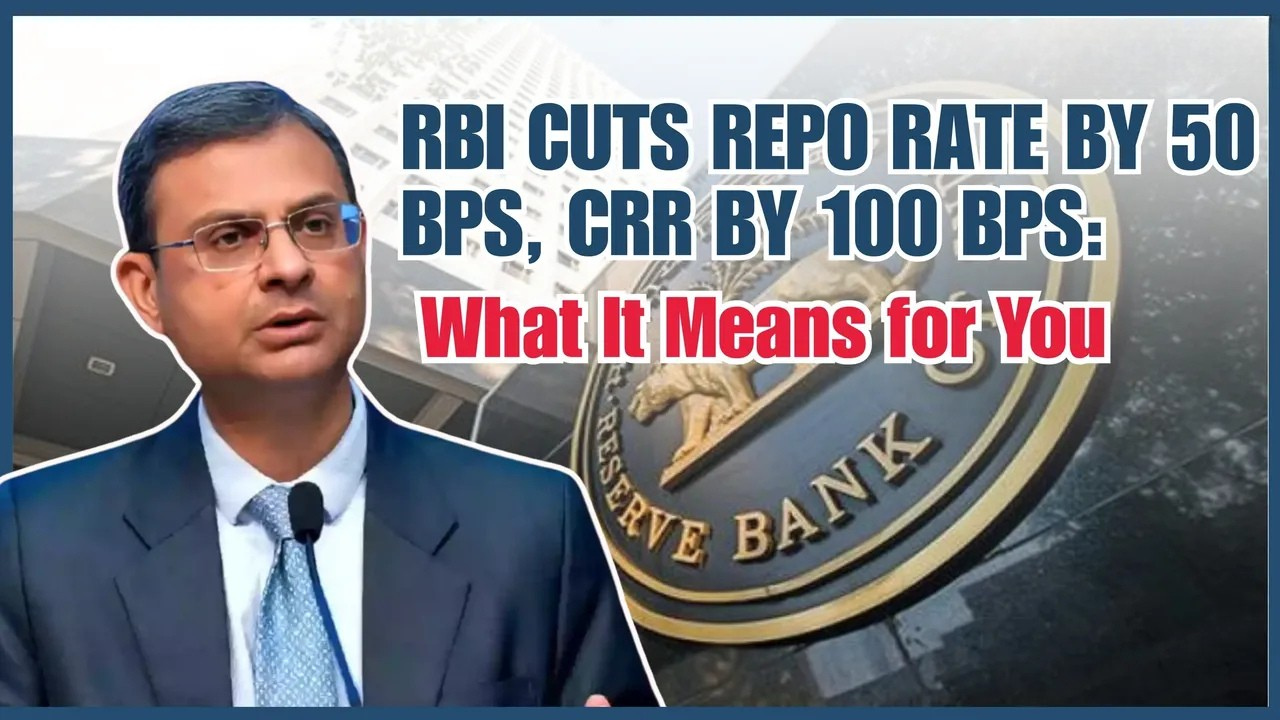- Courses
- GS Full Course 1 Year
- GS Full Course 2 Year
- GS Full Course 3 Year
- GS Full Course Till Selection
- MEP (Mains Enrichment Programme) Data, Facts
- Essay Target – 150+ Marks
- Online Program
- GS Recorded Course
- NCERT- First Ladder
- Polity
- Geography
- Economy
- Ancient, Medieval and Art & Culture AMAC
- Modern India, Post Independence & World History
- Environment
- Governance
- Science & Technology
- International Relations and Internal Security
- Disaster Management
- Ethics
- Current Affairs
- Indian Society and Social Issue
- CSAT
- 5 LAYERED ARJUNA Mentorship
- Public Administration Optional
- ABOUT US
- OUR TOPPERS
- TEST SERIES
- FREE STUDY MATERIAL
- VIDEOS
- CONTACT US
DRDO'S ANTI-DRONE TECHNOLOGY
DRDO'S ANTI-DRONE TECHNOLOGY
The recent advancement and focus of DRDO's anti-drone technology, focusing on their work, technology sharing, and the future direction of their research in a way that's easy for beginners to understand.
Summary
DRDO has created a system to protect against drones. This system can detect and stop drones. They have shared this technology with other companies, and the army is already using it. DRDO is now working on advanced drones and new batteries for them. Experts suggest DRDO should keep using the latest technology like AI in their work.
Main Points
1. DRDO's Work: The Defence Research and Development Organisation (DRDO) has made a special system to protect against drones. This system can find, recognize, and stop the drones.
2. Sharing Technology: DRDO has given this technology to Bharat Electronics Limited (BEL) and other companies like Adani, Larsen & Toubro, and Icom.
3. Orders Placed: The army has ordered 23 of these systems. They can be used to guard our country's borders against drones.
4. What it Does: The system can fight off all kinds of drone attacks, even very small drones.
5. Focus on Research: DRDO is now mainly working on big, advanced drones for spying and watching purposes.
6. New Drone Projects: DRDO is testing the Tapas drone for spying from high up and the Archer drone for watching and fighting in less dangerous conflicts.
7. Battery Development: DRDO is making new batteries for drones using Lithium Ion. Right now, they get some parts from other countries. They are also working with ISRO to make these batteries in India.
8. Advice from the Committee: The group of experts advised DRDO to keep up with the latest technology. They should work more on drone safety technology, drone batteries, and add new tech like AI (Artificial Intelligence) and Robotics.



